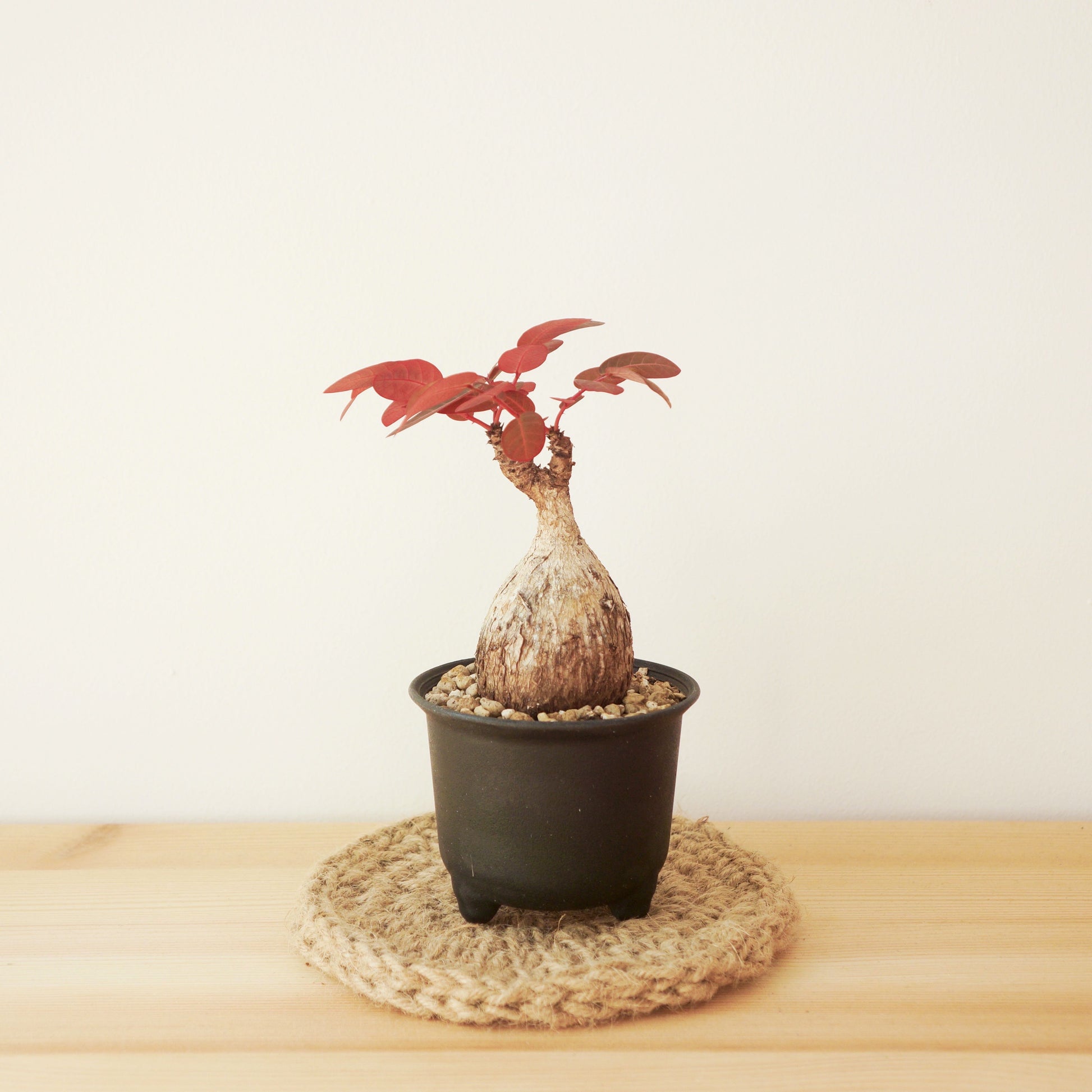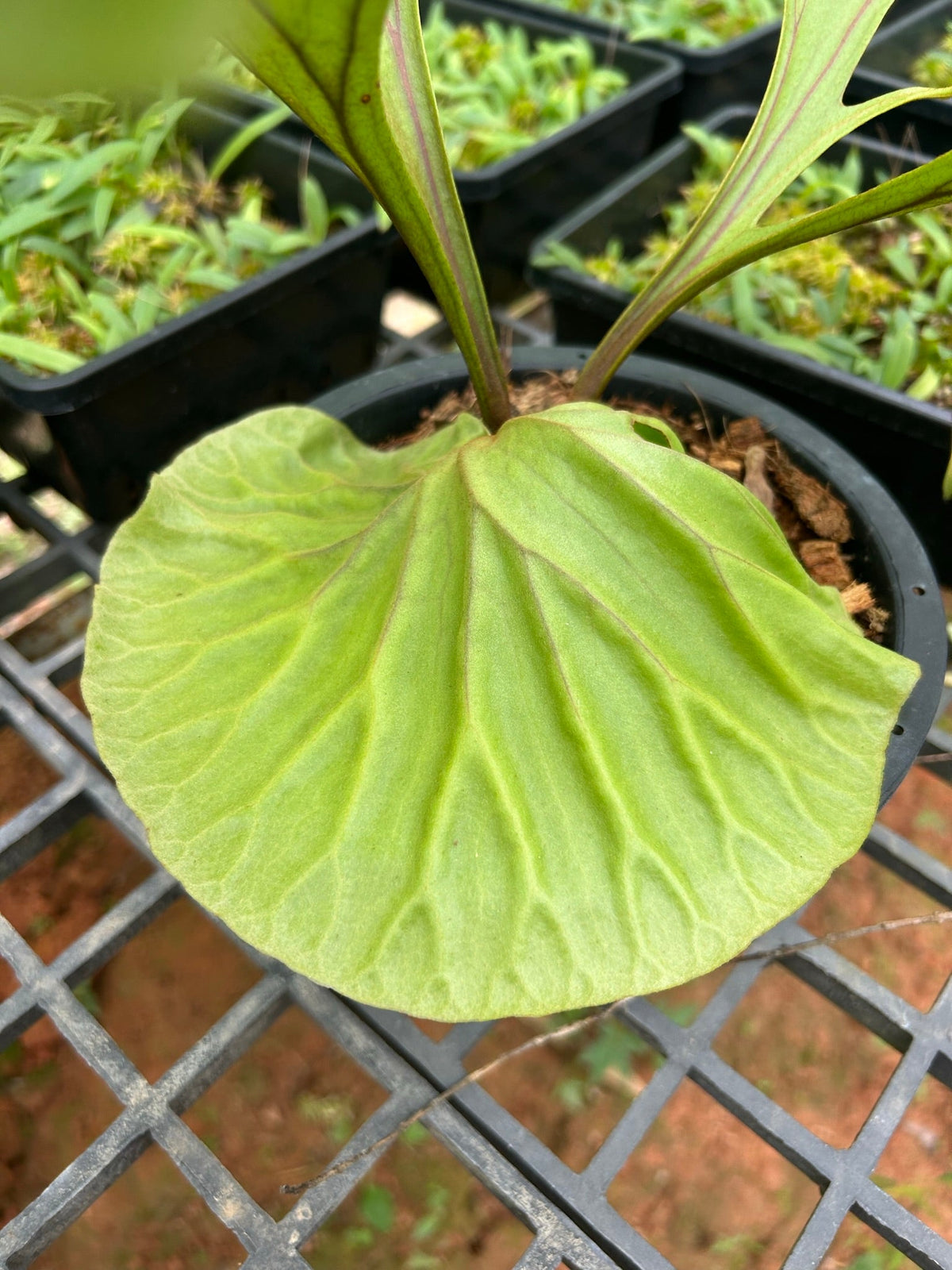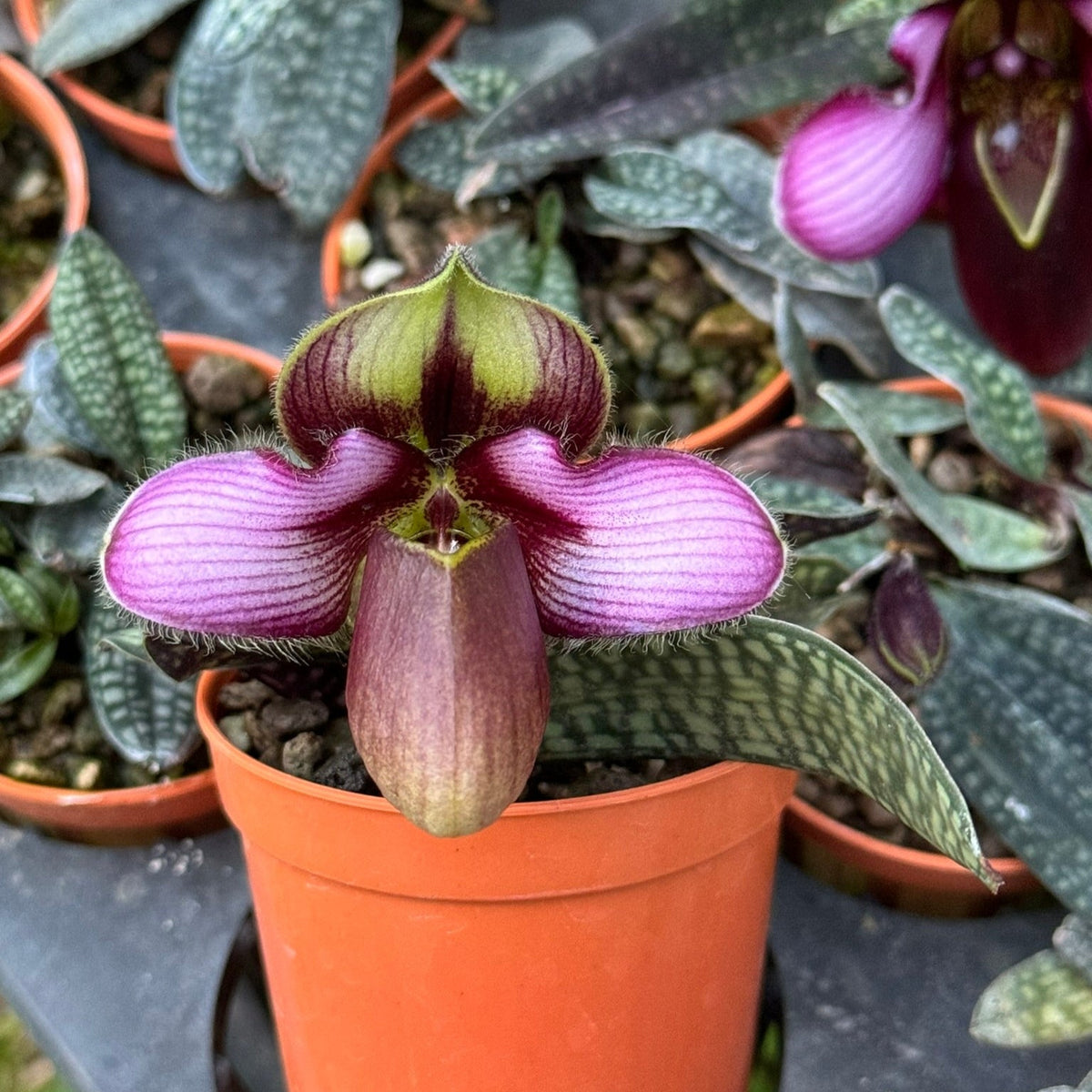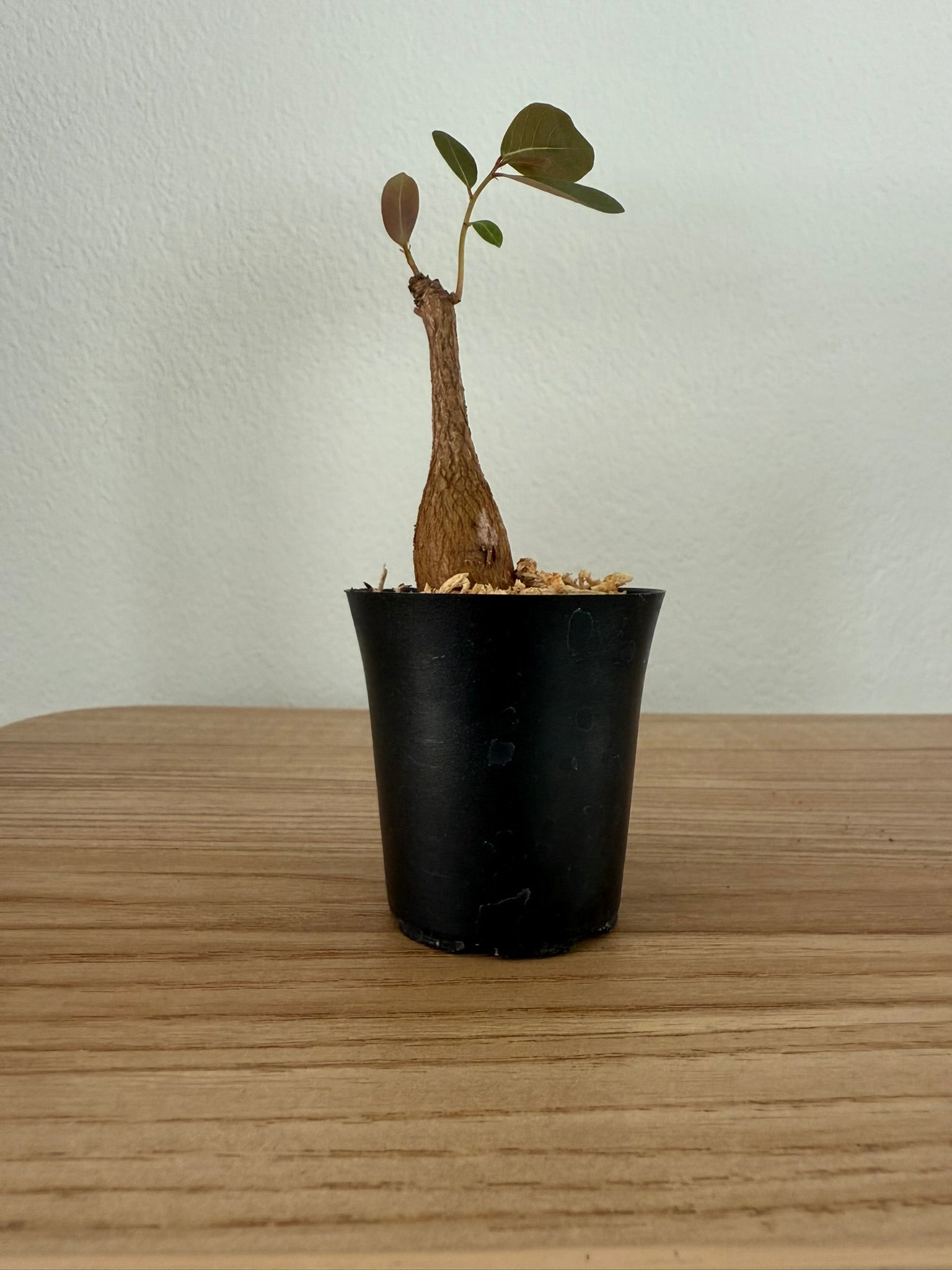
Phyllanthus mirabilis
Phyllanthus mirabilis
1 Plant , pot size 1.5 "
Phyllanthus mirabilis (or any plant from the Phyllanthus genus) requires understanding its basic growing conditions and care needs. Here’s a general guide to help you grow this plant successfully:
1. Climate & Temperature
-
Phyllanthus mirabilis thrives in tropical and subtropical climates, so it requires warm, humid conditions to grow well.
-
Temperature: Ideally, the plant should be kept in temperatures between 25–30°C (77–86°F). It may struggle in colder conditions.
-
Humidity: As a tropical plant, it prefers a humid environment, ideally around 60-80% humidity.
2. Soil Requirements
-
Soil Type: Well-drained, loamy soil with good organic matter content is ideal. It can tolerate slightly acidic to neutral soil (pH around 6.0-7.0).
-
Soil Moisture: The soil should be kept consistently moist, but not soggy. Overwatering can cause root rot, so ensure there’s proper drainage.
3. Sunlight
-
Phyllanthus mirabilis prefers partial shade to full sun. If you’re growing it indoors, a bright spot with indirect sunlight works well.
-
If growing outdoors, ensure the plant gets some protection from harsh midday sunlight, as it can scorch the leaves.
4. Watering
-
Regular watering is important, but as mentioned above, the soil should never become waterlogged. Allow the top few inches of soil to dry slightly before watering again.
-
During the hotter months, more frequent watering might be required, but always monitor for drainage to avoid standing water.
5. Fertilization
-
The plant benefits from occasional feeding with a balanced, water-soluble fertilizer.
-
Organic compost or well-rotted manure is also great for providing nutrients.
-
Fertilize during the growing season (spring to summer), about once a month, reducing frequency during winter when the plant’s growth slows down.
6. Propagation
-
Phyllanthus mirabilis can be propagated by seeds or cuttings:
-
Seeds: Soak the seeds for 12–24 hours before planting to improve germination. Sow the seeds in well-drained soil and keep them moist. It may take a few weeks to germinate.
-
Cuttings: Take healthy, non-flowering stem cuttings (6–8 inches long), remove the lower leaves, and place them in moist soil. Keep the cutting in a warm, humid environment until roots form.
-
7. Pests and Diseases
-
Phyllanthus mirabilis can be prone to pests like aphids, mealybugs, and scale insects.
-
Control: Regularly check the plant and use insecticidal soap or neem oil if pests are spotted.
-
-
Diseases like root rot can occur if the plant is overwatered or if it’s grown in poorly-draining soil.
8. Pruning & Maintenance
-
Prune the plant periodically to maintain its shape and remove any dead or damaged leaves.
-
Removing spent flowers (if flowering) can encourage new growth and keep the plant tidy.
9. Container Cultivation (If Growing Indoors or in Pots)
-
If you're growing Phyllanthus mirabilis in a pot or container, make sure it has good drainage holes to avoid waterlogging.
-
Use a lightweight potting mix that drains well, and choose a pot that’s at least a few inches larger than the plant’s root ball for healthy growth.
Troubleshooting Tips:
-
Yellowing Leaves: Could be a sign of overwatering, underwatering, or a nutrient deficiency (especially nitrogen).
-
Leaf Drop: May indicate the plant is stressed, possibly due to changes in temperature, humidity, or watering practices.
-
Slow Growth: Check if the plant is getting enough light, warmth, and nutrients. It might also need repotting if its roots have outgrown the container.
目前无法提供取货服务






